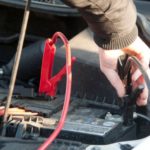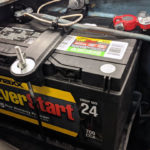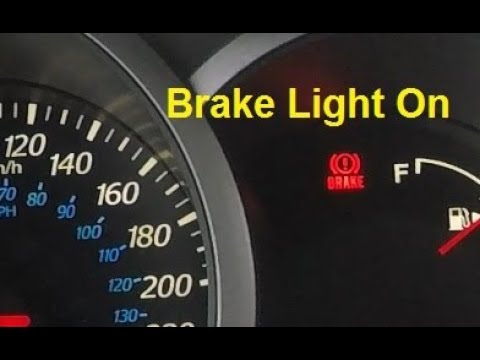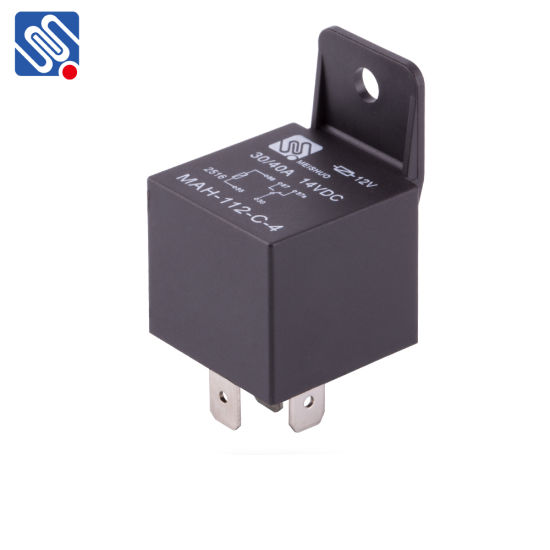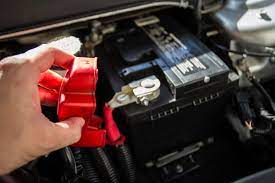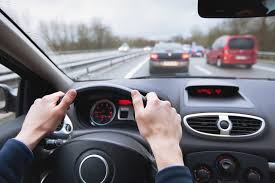Why Does My Car Battery Keep Dying? Most people don’t think about their car battery until it’s too late — when they turn the key and nothing happens. But don’t panic. We’ll tell you why your car battery keeps dying and how to get it fixed for good.
Your car battery might be old
Your car battery might be old. As with any piece of technology, the lifespan of a car battery is determined by its number of charge cycles (how many times you discharge and recharge it). This number varies depending on how frequently you drive your vehicle and how cold it gets in your climate. Generally speaking, batteries last between two to three years if they’re used in cold climates (below 32°F) while they last up to 10 years if they’re used in warmer climates with moderate temperatures.
Deterioration caused by extreme temperatures can cause premature death for your car battery at any age. If the temperature drops below minus 40 degrees Fahrenheit or rises above 150 degrees Fahrenheit, you could damage your battery past repair and need to replace it altogether.
You should also keep an eye out for signs that indicate your car has been overcharged or undercharged by professional mechanics as this can kill off cells within the battery which lead directly into failure later on down the road.
Your car battery could have a bad cell
Before we dive into the reasons why your car battery could have a bad cell, it is important to understand what a battery cell is. A battery cell is basically one unit of energy storage, or power source. It’s made up of two electrodes and an electrolyte solution between them, which allows ions to move freely between electrodes when the battery is being charged or discharged.
In batteries with multiple cells (the most common configuration), each cell can be connected in one of three ways: series, parallel or series-parallel (this last configuration also known as “multiple series”). Series connections result in higher voltage but less current; parallel connections result in higher current but lower voltage; and series-parallel connections provide a balance between both characteristics.
You might have a parasitic drain
A parasitic drain is when a component in your car is left on and uses power from the car battery. This can be anything from a door or trunk light, to a radio that’s been left on, to a remote entry system.
If you suspect there’s a parasitic drain, look for items around your car that might have an LED or LCD display (the window controls in many newer cars have these). If any of these are displaying information or lights up when they shouldn’t be (e.g., if it’s daytime), then you may have found the culprit!
You can also check under the hood for any devices capable of causing this type of drain—in particular look for items like radar detectors or other aftermarket electronics that draw power even when off.
You don’t drive your car enough
If you don’t drive your car often, the battery will lose charge. The alternator is supposed to maintain a constant charge and if you don’t drive it for days at a time, the alternator can’t keep up with all of the power demands that come with starting up a car. In addition, if there is any kind of parasitic drain on your car (something drawing power from it when it isn’t running), then this can further decrease your battery’s charge level over time.
Your car battery terminals are corroded or loose
When you start your car, the battery sends a signal to the starter solenoid, which then sends power to the starter. If this circuit isn’t complete, your car won’t start and you’ll begin to experience a drained battery that can lead to permanent damage.
The first step in diagnosing why your car battery keeps dying is checking your battery terminals. Corrosion or loose connections between the positive and negative terminal posts can cause your vehicle’s electrical system not to function properly. Battery terminals should be clean, secure and tight so that they don’t come loose while driving or when you remove them from their posts after parking your vehicle overnight. If they are corroded or have become loose from corrosion over time due to repeated exposure to rainwater splashes during use (as well as corrosion caused by using tap water instead of distilled water for topping off), then cleaning them should help solve this issue for good!
Your charging system is not working properly
There are a few things to keep in mind when checking the charging system. First, you need to make sure that the battery terminals are clean and tight. If they’re loose or corroded, it could be causing your car’s battery to die. You should also check your alternator and voltage regulator for signs of damage and make sure they’re working properly.
Another thing you can do is test your starter motor by disconnecting its cables from both ends (make sure not to touch anything metal while doing this). Then turn on the ignition and see if there’s any electricity coming through either cable when touching them together at their end points with alligator clips or probes connected between them.. This can help determine whether or not there’s still power running through your cables before proceeding further into checking out other parts It may also be helpful if you have access to an oscilloscope so that you can measure voltage levels across each component within these devices too—just remember not get shocked!
You should have your vehicle checked by a mechanic if you think your battery isn’t holding a charge or it has a leak
If you suspect your car battery is leaking or corroded, bring it to a mechanic for inspection. They’ll check for corrosion by inspecting the battery terminals with a flashlight and looking for rust around them. They may also test the voltage of each cell in the battery, which will tell them if any are losing their ability to store energy efficiently.
If there’s no sign of corrosion or leakage, they’ll move on to checking for bad connections between cables and terminals on the battery itself, as well as between cables and other parts of your vehicle (like fuses). If this doesn’t reveal anything obvious, they’ll check whether there’s any parasitic draw from an electrical system that wasn’t properly shut down before replacing or disconnecting it—a common cause of failure when people try DIY fixes.
Conclusion
If you’re having a car battery problem, your best bet is to bring your vehicle in to a mechanic. They’ll be able to test it and determine if there is an issue that needs fixing or replacing. If the battery can’t hold a charge, they will be able to help you figure out why this may be happening and come up with solutions for keeping it charged so that you don’t have any more problems.

